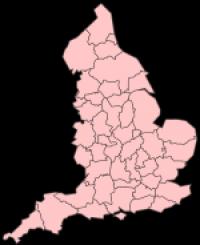Home | subdivision type | Counties of England
|
|
|
All of England (including Greater London and the Isles of Scilly) is also divided into 48 ceremonial counties, which are also known as geographic counties. Most ceremonial counties correspond to a metropolitan or non-metropolitan county of the same name, but often with reduced boundaries. The current arrangement is the result of incremental reform. Many of the counties have their origins in antiquity, although the larger counties of Yorkshire, Lincolnshire and Sussex lost many or all of their administrative functions centuries ago. The geographic counties which existed before the local government reforms of 1965 and 1974 are referred to as ancient counties or historic counties. From 1889 to 1974 areas with county councils were known as administrative counties, which excluded larger town and cities known as county boroughs and included divisions of some geographic counties. From 1974 to 1996 the metropolitan and non-metropolitan counties, some of which were established only in 1974, corresponded directly with the ceremonial counties. Counties, usually either ancient counties or current ceremonial counties, are used as the geographical basis for a number of institutions such as police and fire services, sports clubs and other non-government organisations. For the purpose of directing mail, England was divided into 48 postal counties until 1996; these have since been abandoned by the Royal Mail. |




 RSS
RSS